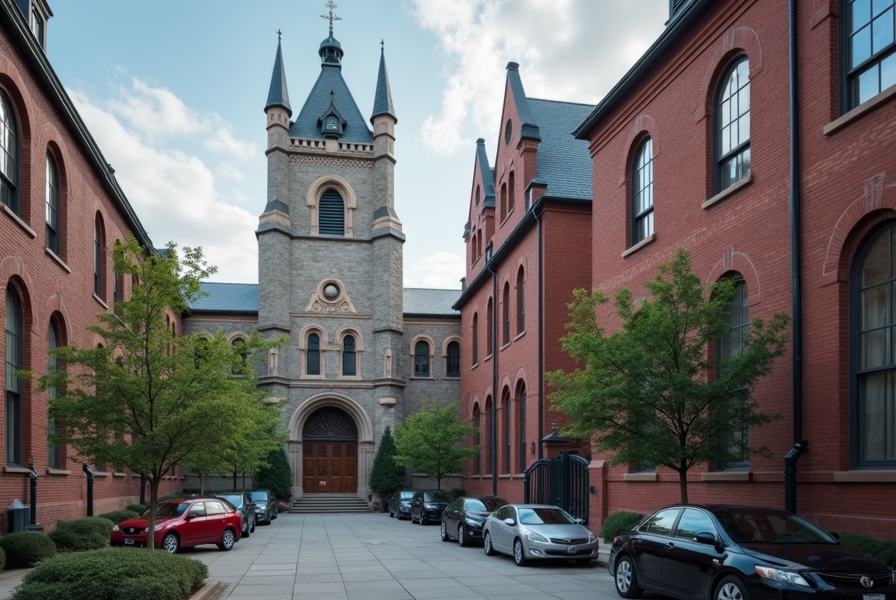Understanding the Real Cost of Living in Montana
Montana offers breathtaking landscapes, a strong sense of community, and a slower pace of life. But before you pack your bags for Big Sky Country, it’s important to understand what it costs to live there. From housing and utilities to healthcare and taxes, knowing the average cost of living in Montana helps you make informed decisions. This guide breaks down the key expenses you’ll encounter if you choose to make Montana your home.
How Much Does Housing Cost in Montana?
Housing is one of the largest factors in any cost of living calculation. In Montana, housing costs vary depending on the city or rural region you choose.
Here are some average home prices and rent estimates across the state:
- Median home price in Montana (2024): $445,000
- Median rent for a 2-bedroom apartment: $1,200–$1,600/month
- Lowest housing costs: smaller towns like Butte or Havre
- Higher housing costs: Bozeman, Missoula, and Whitefish
If you're planning to buy a home, property values are still lower than those in many coastal states. However, prices have risen in recent years due to increased demand. Renting is more affordable in some parts of the state, with wide availability in mid-size towns and suburbs.
Utility Costs: What to Expect Each Month
Montana utility costs stay relatively moderate compared to the national average. Here's what you can expect for recurring monthly expenses:
- Electricity: $90–$130 per month
- Heating (natural gas or electric): $70–$150 monthly in winter
- Water & Sewer: $50–$80 on average
- Internet: $50–$90/month, depending on speed and provider
- Trash collection: $15–$30/month
Due to Montana’s cold winters, heating costs can rise sharply from November through March. Keep this in mind when budgeting for total monthly living expenses. Rural areas may have different providers and less access to broadband internet compared to urban centers.
Breakdown of Montana State Taxes
Montana has a favorable tax structure for residents. It is one of the few states with no statewide sales tax.
- Sales Tax: 0% (statewide)
- Property Tax: Averaging 0.74% of home value
- Income Tax: Progressive rates from 1% to 6.75%
Montana's lack of a sales tax means you’ll save money compared to states that charge upwards of 7% on every purchase. Property taxes are relatively low, though income taxes can be higher depending on your earnings. Retirees also benefit from various deductions and credits under state tax law.
Cost of Transportation in Montana
Montana is a wide-open state. Transportation costs can vary depending on your lifestyle and location.
- Average gas price (2024): $3.30–$3.90/gallon
- Auto insurance: About $1,200/year on average
- Vehicle registration: $70–$120/year depending on vehicle age
Most residents own personal vehicles, especially in rural areas where public transportation is limited. Towns like Missoula and Billings offer bus systems, but many areas require driving.
How Affordable Is Health Care in Montana?
Healthcare costs in Montana are slightly higher than the national average, but still manageable for most families and individuals.
- Average monthly premium (individual): $450–$600
- Family health coverage: $1,100–$1,700 per month
- Out-of-pocket costs: Co-pays and deductibles vary by provider
Rural communities may have fewer hospitals or specialists. However, many towns have access to urgent care centers and family practices. Telehealth services are improving access for those in remote locations.
How Much Does Food Cost in Montana?
The cost of groceries and dining out is moderate in Montana. Prices may be a bit higher in some remote areas due to transportation costs.
- Monthly grocery budget (single adult): $250–$400
- Fast-food meal: $10–$12
- Restaurant dinner (per person): $20–$40
Shopping at local farmers' markets and bulk stores can help you save more. Montana's agricultural base allows for fresh, locally sourced food options in many areas.
Frequently Asked Questions About Living in Montana
Is Montana expensive to live in compared to other states?
Montana is more affordable than states on the East and West Coast. However, housing in popular cities like Bozeman can be pricy. Utility and tax savings help make up for it.
What is the minimum wage in Montana?
As of 2024, the minimum wage is $10.30/hour. It adjusts annually based on inflation.
Is Montana a good place to retire?
Yes. Montana offers a peaceful lifestyle, low property taxes, and no sales tax. Outdoor recreation and community support make it attractive for retirees.
What are the cheapest places to live in Montana?
Butte, Great Falls, and Helena have some of the state’s lowest housing and rental costs. Rural towns also offer low cost of living but may have fewer job opportunities.
Key Takeaways on the Cost of Living in Montana
Montana offers a balanced lifestyle with a fair cost of living. While housing prices in urban areas have climbed, many towns remain affordable. The lack of sales tax, low utility bills, and strong community values add to its appeal.
If you're considering moving to Montana, take time to explore different regions and compare local expenses. Your quality of life can be truly fulfilling in this scenic and open-hearted state.
- Research cities for housing and utilities
- Compare your current cost of living with Montana’s
- Plan for winter energy costs if relocating from warmer states
- Budget for long driving distances in rural areas
Whether you're looking to retire, raise a family, or start fresh, Montana could be the right fit financially and personally. Know your numbers and plan ahead for the best living experience in Big Sky Country.











.svg)



